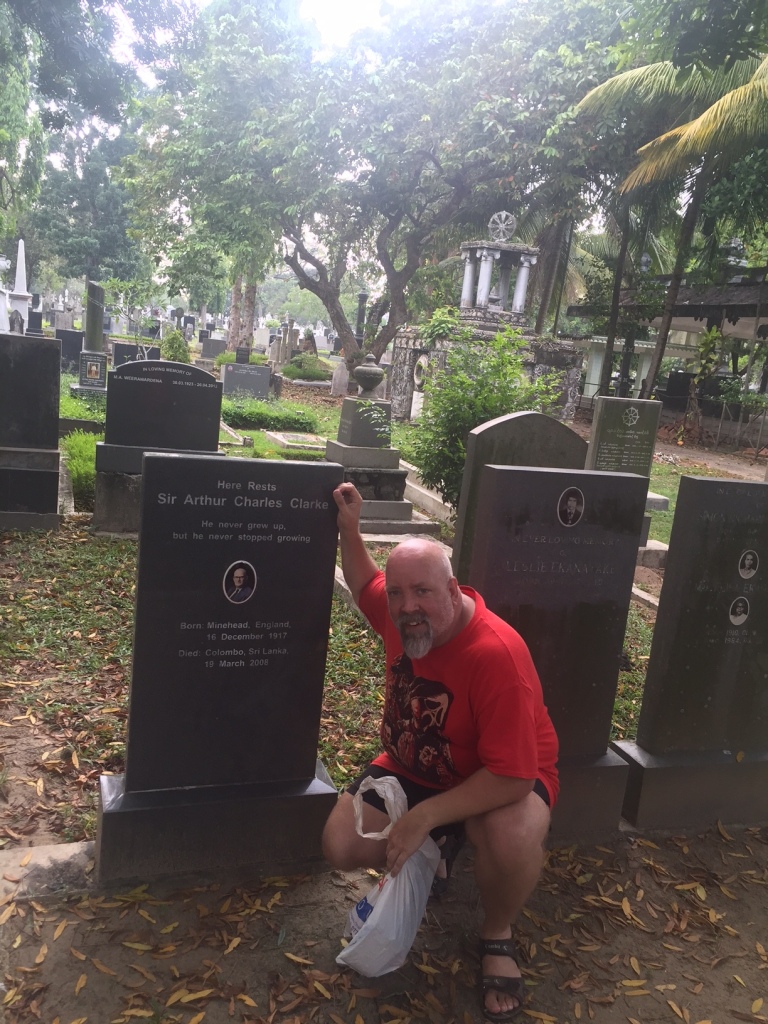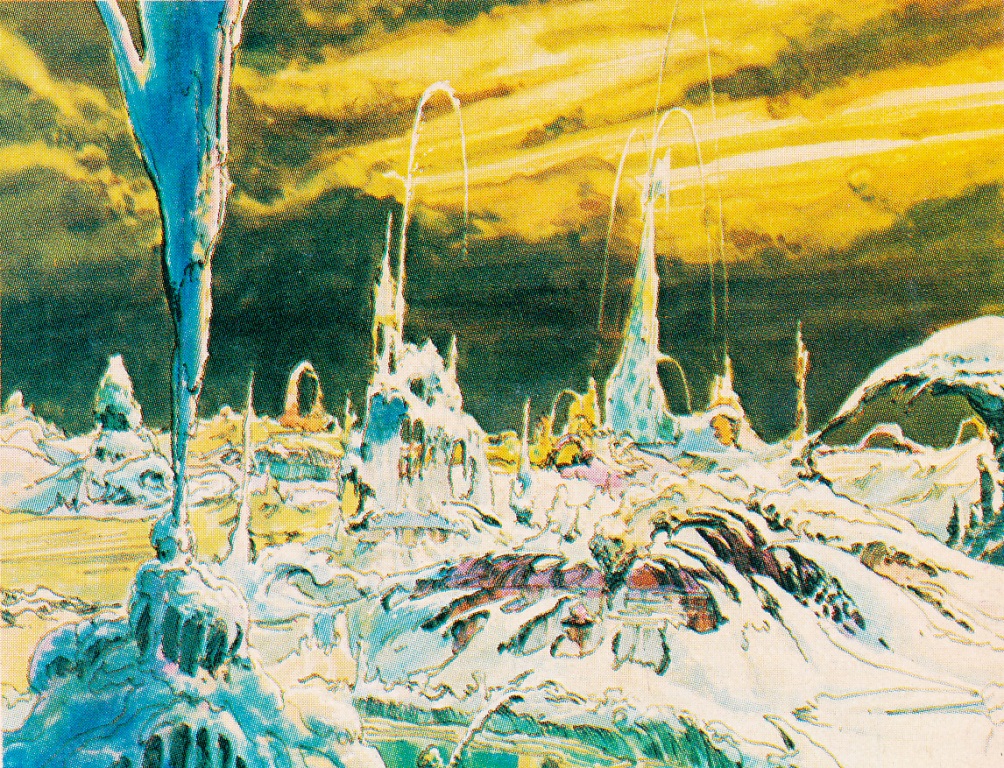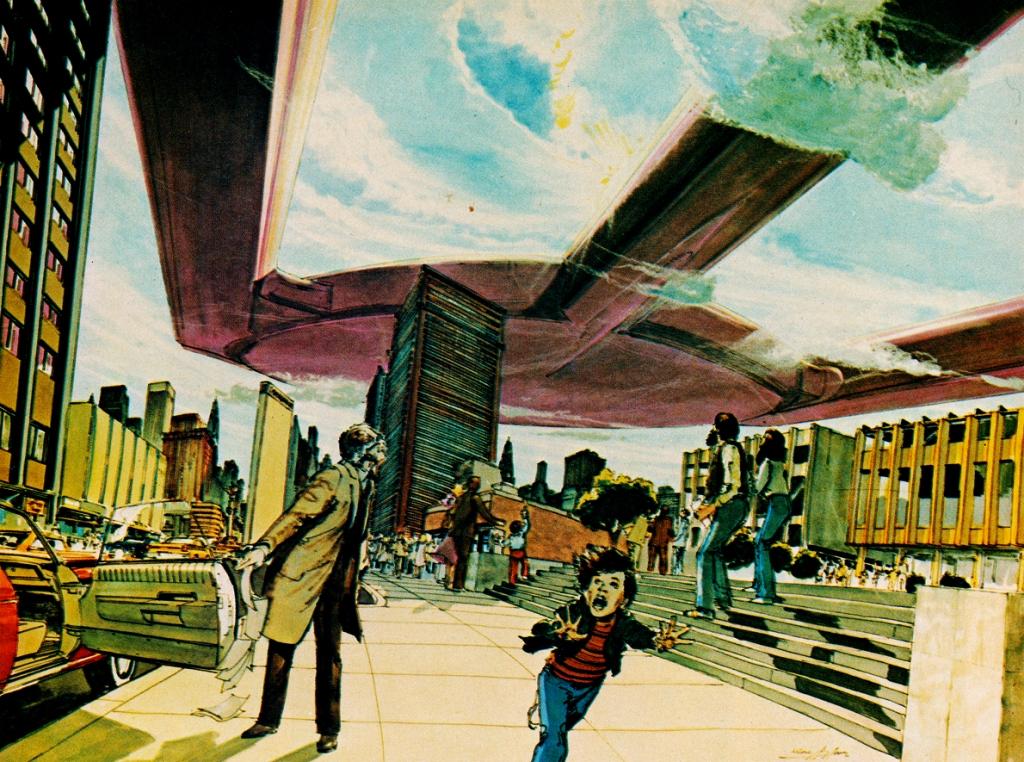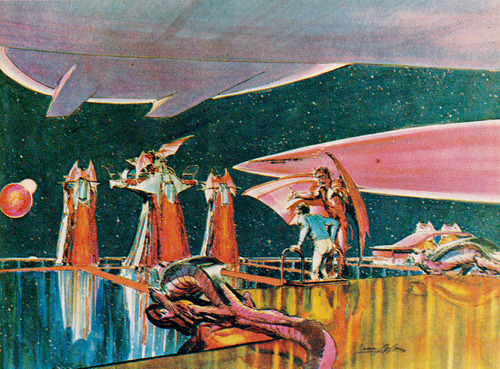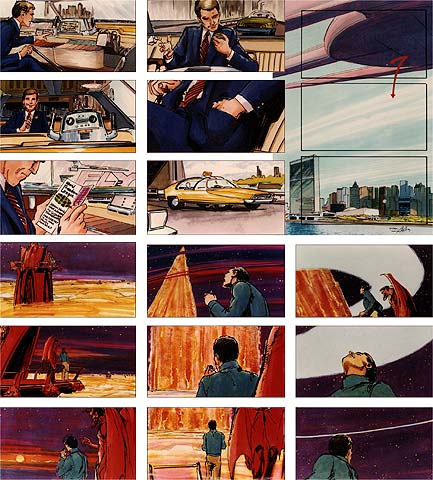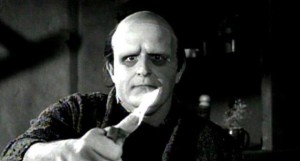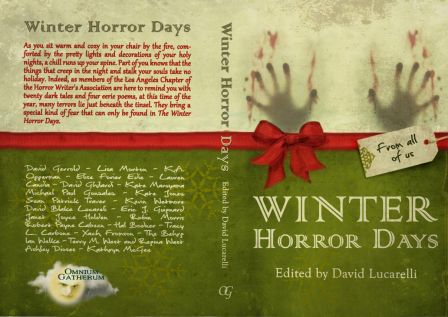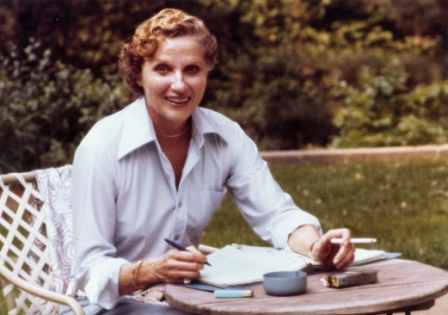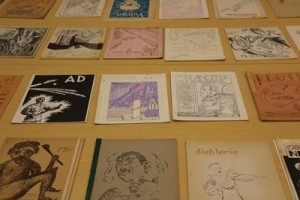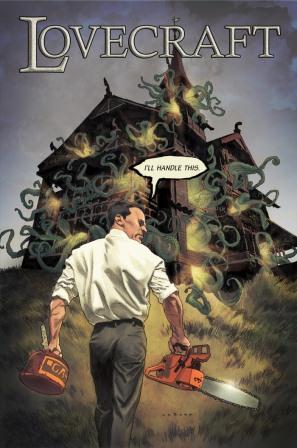(1) MARS’ VIRGIN FIELD EPIDEMIC. Nautilus writer Christopher McKay, in a piece called “Make Mars Great Again”, says that Mars has life because of microbes sent aboard non-sterile Mars probes, and if the planet gets warmer in a century these microbes can be used for terraforming.
Mars is currently inhabited by an estimated 1 million microbes. They coat the surfaces and crowd the innards of our robotic landers and rovers, which international policy requires to be cleaned, but not fully sterilized. The bugs are dormant, but viable. If Mars warmed up and water began to flow again, these microorganisms would revive and reproduce. And it is within our power to make that happen.
The concept of terraforming—making a barren world suitable for widespread life—is well developed in science fiction. The term was first used in a science-fiction story published in 1942. It implies the creation of a copy of Earth, which need not be the goal, but the word caught on. (It is definitely more euphonious than the suggested alternatives of “ecopoiesis” or “planetary ecosynthesis.”) In the ’90s the award-winning science-fiction trilogy by Kim Stanley Robinson, Red Mars, Green Mars, and Blue Mars centered on the science and ethics of terraforming. But terraforming is no longer just science fiction.
(2) DIFFERENT CURRENCIES. Sarah A. Hoyt raises compelling points in “Some Hard Thinking About Our Business”. Why doesn’t everybody go indie? And how much money is it costing them to go with traditional publishers?
So I am continuously puzzled watching indie authors who are doing better by an order of magnitude than any traditional writer I know succumbing to the lure of a traditional contract. I’m not disapproving, mind you — who the hell am I to be disapproving of other people’s business decisions? If I had my time again, I doubt I’d have made most of the ones I made. I’d still want to write for Baen, but that’s about it — I’m just jaw-dropped shocked. Because they’ll be giving up 90% of their income or so. But perhaps they want the respectability. And perhaps they think it will give them further reach.
Is the reach thing true? For now. For a time. More on this later.
Is the respectability that important? Sure, if you want to have some sort of job as a “real writer” such places are starting to choose indies, but not really. Some conferences too (though we’re not absolutely sure, in this new era how much attendance of conventions contribute to sales, with the remarkable exception of hard copy books [more on that later.]) expect you to flash your “real writer” credentials in the form of contract. I even understand it from the social point of view, where when you’re at a party and people ask what you do, the question after you answer “writer” is “so have anything published?” (Or maybe that’s just to me, because of the accent.) Mind you, you can answer “Sure” and list your books and not say “indie” but I also know that when I say “Sure, x books with Berkley, x with Bantam and x with Baen” people’s attitude changes completely. And I can see that when people suspect you’re indie they say “So you published yourself” and dismiss it. I know that’s a stupid reason to give up 90% of your income, but humans are social animals and I can see “not being embarrassed at parties” making a difference. I can even see the velveteen writer thing, wanting to be a “real” writer in your own eyes, the way you envisioned it.
(3) LONG RELIEF. At MLB blog Cut4, “Superfan Sean Doolittle reviews ‘Rogue One: A Star Wars Story”‘. Doolittle is a pitcher for the Oakland A’s.
Big Star Wars fan Sean Doolittle was kind enough to take some time away from his rigorous offseason sock-throwing regimen to write a film review of Rogue One … yes, really! Enjoy it all below, and don’t worry — there are no major spoilers, as Sean knows what he’s doing.
What really separates this movie from any other episode in the Star Wars franchise, though, is how dark and harsh it is. Rogue One is as much a war drama, with real, raw emotion, as it is a sci-fi adventure movie. This movie drops you into the middle of a brutal galactic civil war, one that’s taken everything from these characters and turned them into soldiers willing to fight for the Rebellion.
we're ready to have some star wars rogue fun let's gooooo pic.twitter.com/tA5gkNQQtV
— Sean Doolittle (@whatwouldDOOdo) December 16, 2016
(4) NOT THE REASONS FOR THE SEASON. I thought Tor.com had a great discussion-generating post idea in “The Non-Holiday Movies We Always End Up Watching Over the Holidays” but they had more misses than hits as far as my tastes are concerned. (Anyone else watched Rocky II this month? I did.)
And it’s a discussion you can have on more than one level. I decided to watch Tracy and Hepburn in Desk Set the other night I’d long since forgotten that most of the climactic events happen at the office Christmas party. So can I count it as “non-holiday” or not?
(5) GHIBLI AND GRAVY. The YouTube video “Studio Ghibli in Real Life” is a charming YouTube video in which Studio Ghibli characters are placed into real-life Japanese settings.
(6) TODAY IN HISTORY
- December 21, 1937 — Snow White and the Seven Dwarfs premiered at the Carthay Circle Theater in Hollywood, California. It was the first animated feature-length film with sound and color.
(7) TODAY’S BIRTHDAY GIRL
- Born December 21, 1937 – Jane Fonda
(8) TODAY’S BIRTHDAY BOY
- Born December 21, 1957 — Tsutomu Kitagawa, a Japanese actor and stuntman best known for playing Godzilla in the Millennium (or Shinsei) series. He also played the costumed actor for the Blue (and occasionally, Black) Ranger in many of Toei Company’s Super Sentai Series in the 1980s, better known in the US as Power Rangers.
(9) BRAIN CANDY. John Scalzi did not write an incisive political commentary today.
Me: I want to write a long piece on politics today!
Brain: Sorry, man. Not up for it. Too much thinking involved.
Me: But I have important things to say!
Brain: You should have thought about it before you decided to fuel me exclusively on Christmas cookies for three days straight….
(10) HINES BENEFIT AUCTION #22. The twenty-second of Jim C. Hines’ 24 Transgender Michigan Fundraiser auctions is for a set of autographed books from Pamela Dean.
Today’s auction is for a set of books from Pamela Dean, including signed hardcover first editions of THE DUBIOUS HILLS and JUNIPER, GENTIAN, AND ROSEMARY, along with a signed mass-market paperback set of the reissue of the SECRET COUNTRY trilogy. That’s a total of five autographed books for you to enjoy!
About THE DUBIOUS HILLS: Centuries after a group of warring wizards eliminate war from the Dubious Hills, the Hills are a place where knowledge and ability are parcelled out in strange ways. Only the group known as the Akoumi understand death, only the Gnosi know how to teach, and only the Physici can know pain. Dean weaves a strange and compelling examination of knowledge, responsiblity and death.
About JUNIPER, GENTIAN, AND ROSEMARY: Three sisters live comfortably with their parents: Juniper, 16, who likes cooking and computer chats; Gentian, 13, who likes plays and astronomy; Rosemary, 11, who likes Girl Scouts. Enter Dominic, handsome as the night, quoting poetry, telling riddles, and asking help for a complex and fascinating science project. Gentian isn’t interested at first–she has her own life. But gradually her life, and her time, belong more and more to Dominic and his project, and her father begins to fear that the lad may be more than a charmer…
About THE SECRET COUNTRY: Each vacation for the past nine years, cousins Patrick, Ruth, Ellen, Ted, and Laura have played a game they call the “Secret”—and invented, scripted world full of witches, unicorns, a magic ring, court intrigue, and the Dragon King. In the Secret, they can imagine anything into reality, and shape destiny. Then the unbelievable happens: by trick or by chance, they actually find themselves in the Secret Country, their made-up identities now real. The five have arrived at the start of their games, with the Country on the edge of war. What was once exciting and wonderful now looms threateningly before them, and no one is sure how to stop it… or if they will ever get back home.
(11) THE SIGNIFICANCE OF MENTIONING RACE. Foz Meadows engages a recent controversy involving YA commentators — “YA, Race & Assimilation: A Response”.
Which is why, returning to the matter of QOP and Whitney Atkinson, pro-diversity advocates are so often forced to contend with people who think that “separating races” and like identifiers – talking specifically about white people or disabled people or queer people, instead of just people – is equivalent to racism and bigotry. Whether they recognise it or not, they’re coming from a perspective that values diverse perspectives for what they bring to the melting pot – for how they help improve the dominant culture via successful assimilation – but not in their own right, as distinct and special and non-homogenised. In that context, race isn’t something you talk about unless you’re being racist: it’s rude to point out people’s differences, because those differences shouldn’t matter to their personhood. The problem with this perspective is that it doesn’t allow for the celebration of difference: instead, it codes “difference” as inequality, because deep down, the logic of cultural assimilation is predicated on the idea of Western cultural superiority. A failure or refusal to assimilate is therefore tantamount to a declaration of inequality: I’m not the same as you is understood as I don’t want to be as good as you, and if someone doesn’t want to be the best they can be (this logic does) then either they’re stupid, or they don’t deserve the offer of equality they’ve been so generously extended in the first place.
Talking about race isn’t the same as racism. Asking for more diversity in YA and SFF isn’t the same as saying personhood matters less than the jargon of identity, but is rather an acknowledgement of the fact that, for many people, personhood is materially informed by their experience of identity, both in terms of self-perception and in how they’re treated by others at the individual, familial and collective levels. And thanks to various studies into the social impact of colour-blindness as an ideology, we already know that claiming not to see doesn’t undo the problem of racism; it just means adherents fail to understand what racism actually is and what it looks like, even – or perhaps especially – when they’re the ones perpetuating it.
(12) APOLLO 11 ON YOUTUBE. Ars Technica helps relive history – “Heinlein and Clarke discuss the Moon landings as they happen”.
Thanks to documentaries and YouTube, the younger set can experience some of the flavor of the late 1960s today, as well as what the Moon landing meant at the time to America and the world. The zeitgeist of hope and possibility might perhaps best be captured in a CBS News discussion on July 20, 1969—Apollo 11 landing day. Hosted by the inimitable Walter Cronkite, the great newsman interviewed science fiction authors Arthur C. Clarke and Robert Heinlein about the implications of NASA’s achievement. The program featured a discussion just after the landing, with a second segment following the first moonwalk by Neil Armstrong and Buzz Aldrin.
“Time just stopped for me, I think it stopped for everybody,” a 51-year-old Clarke said, describing how it felt to watch the lunar module touch down. “My heart stopped. My breathing stopped.”
(13) CURSUS HONORUM. James Langdell raises a good question:
How do you become a Ghost Of Christmas Past? Do you work your way up after starting out as Ghost Of National Pickle Day Past?
(14) THE GHOST OF CHRISTMAS LAUGHS. Curator John King Tarpinian delved into the archives for these Stan Freberg Christmas parodies —
- Green Christmas
- Christmas Dragnet (1953) / Yulenet (1954)
- The Night Before Christmas (1955)
[Thanks to Rich Lynch, Mark-kitteh, Martin Morse Wooster, JJ, and John King Tarpinian for some of these stories. Title credit goes to File 770 contributing editor of the day Daniel Dern.]




